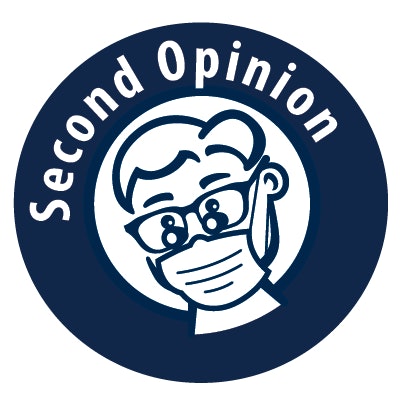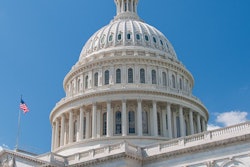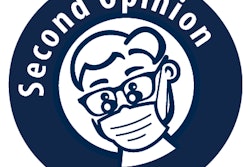
The Children's Health Insurance Program (CHIP) runs out of federal funding on September 30, leaving Congress with only a few weeks to ensure that nearly 9 million children maintain their medical and dental coverage. This is troubling news for children, families, and dental professionals.
Without federal support and with state budgets already determined for 2018, state CHIP programs will have limited funding to take them through the coming months. Some states may be forced to shut down their CHIP programs as soon as December if no further funding is provided.
 Deborah Vishnevsky is a policy analyst at the Children's Dental Health Project.
Deborah Vishnevsky is a policy analyst at the Children's Dental Health Project.The program was introduced in 1997 by Sens. Orrin Hatch and Edward Kennedy as a bipartisan effort to shrink the number of uninsured children in the U.S. In the New York Times on March 14, 1997, Sen. Hatch explained the reasoning behind the effort by pointing out that without coverage, ''children are being terribly hurt and perhaps scarred for the rest of their lives." And CHIP is indeed a life-changing program.
Children covered by CHIP have access to the services they need to thrive. Research shows these children are more likely to have regular medical and dental providers, more likely to have consistent checkups, and report fewer unmet needs than their uninsured peers. The program also sets limits on cost sharing to protect families from bearing the brunt of healthcare costs. In 2016, CHIP provided healthcare coverage for just under 9 million American children. For information on how many children are covered in each state, see this report from the Kaiser Family Foundation.
State CHIP programs are required to provide dental coverage. In fact, between 2000 and 2014, the percentage of U.S. children without dental coverage has been cut in half, with 89% of children benefiting from dental coverage according to a 2014 report from the ADA's Health Policy Institute. A large portion of those beneficiaries receive their coverage through public programs such as Medicaid and CHIP.
“Children covered by CHIP have access to the services they need to thrive.”
Without CHIP, many children would move into private coverage that is more expensive and also may not include dental benefits. A portion of current CHIP children also would be left completely uninsured. If fewer children have affordable coverage, their families may postpone preventive oral healthcare, which would increase the odds that their kids may need traumatic and costly restorative treatment in emergency settings.
Many voices have called for long-term extension of federal CHIP funding. Earlier this year, the Medicaid and CHIP Payment and Access Commission, a panel of experts charged with advising legislators, made clear recommendations for a five-year renewal of the program. In May, the National Governors Association released a bipartisan letter urging Congressional action with a similar five-year renewal message.
"The future of CHIP is a critical issue that should be addressed as soon as possible by the 115th Congress," the governors wrote.
We here at the Children's Dental Health Project could not agree more.
Debbie Vishnevsky is a policy analyst at the Children's Dental Health Project, a nonprofit based in Washington, DC.
The comments and observations expressed herein do not necessarily reflect the opinions of DrBicuspid.com, nor should they be construed as an endorsement or admonishment of any particular idea, vendor, or organization.



















